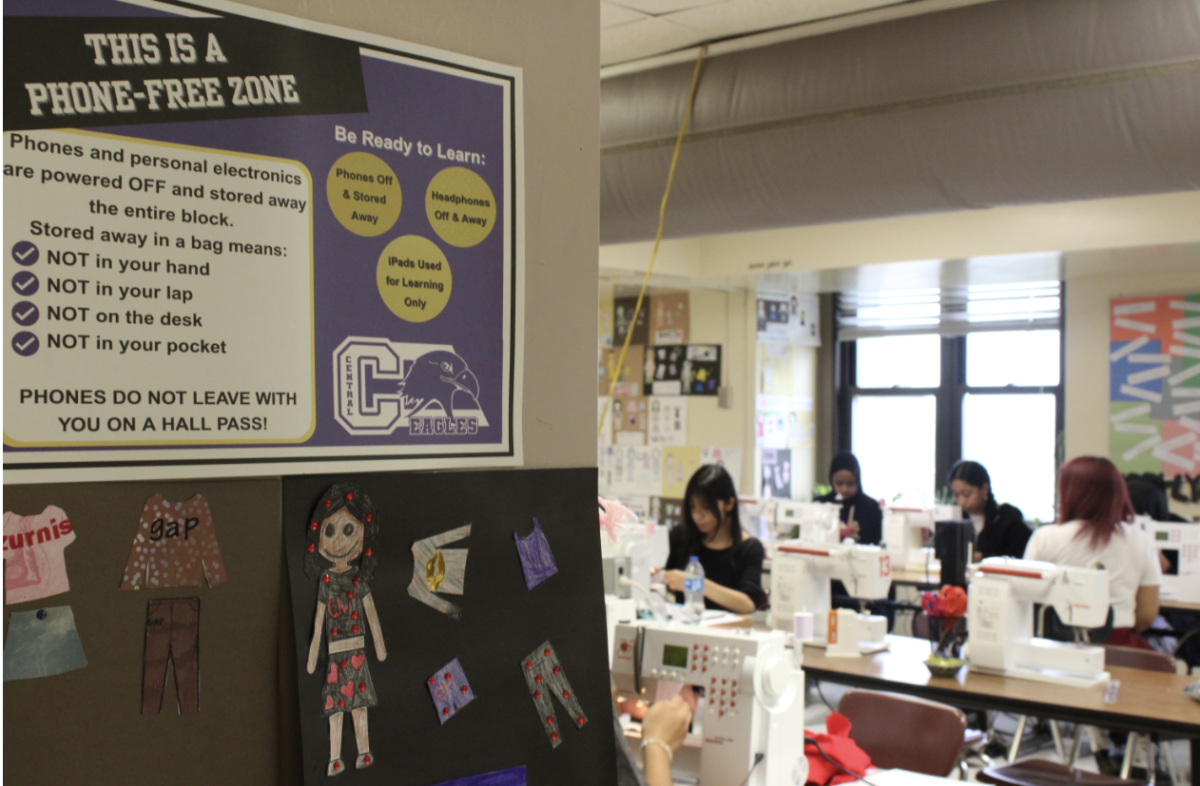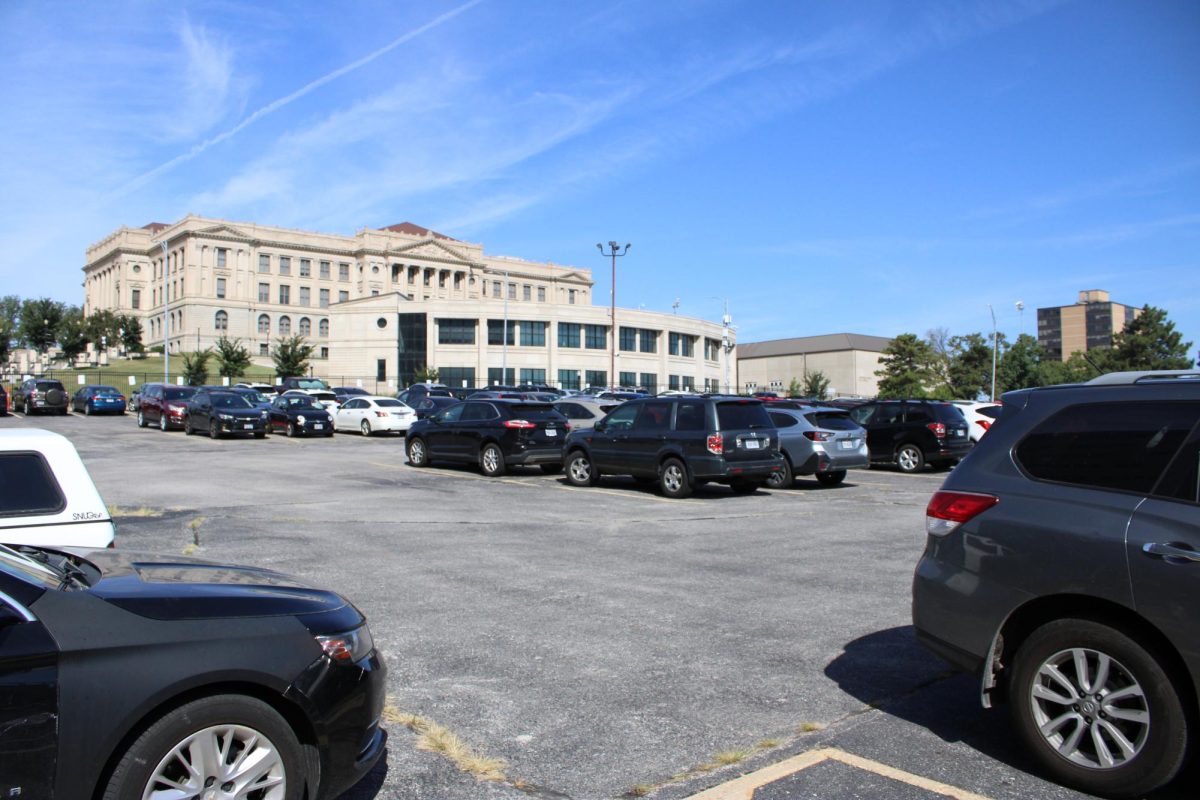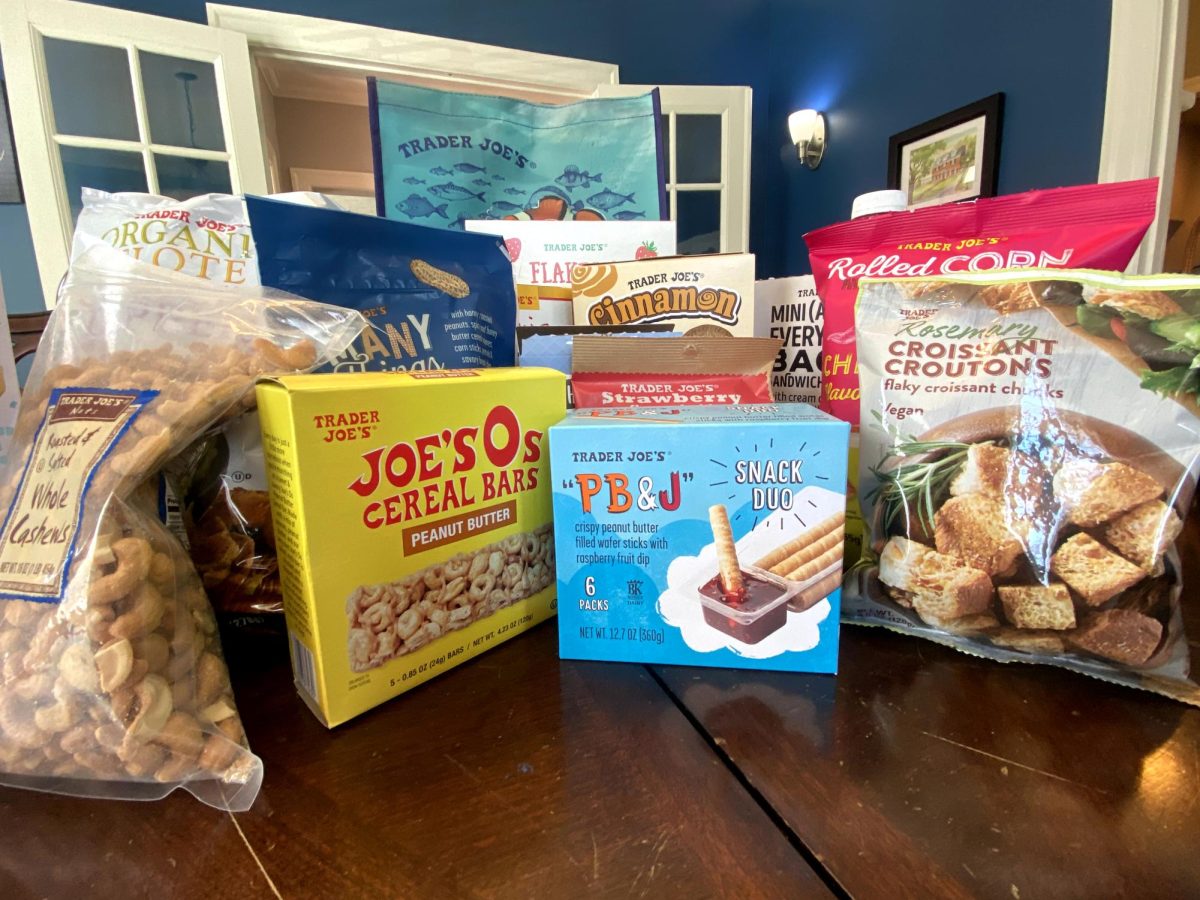Growing up, my family has always preferred real Christmas trees. Every year on the day after Thanksgiving, we head to Cirian’s Farmers Drive-In Market to choose a tree. We observe all the trees and their slight differences until we decide on the perfect one. I look forward to this day year after year. This experience is just one reason that real Christmas trees are better than artificial ones.
Choosing to get a real Christmas tree gives variety and excitement to the holiday season, as opposed to taking the same perfectly symmetrical tree out of its box every year. When shopping for a real tree, there is always an opportunity for change. One year, you may want an aromatic Balsam Fir, but the next year, you are able to switch it up a bit and maybe get a Fraser fir with sturdier branches.
The wide variety of tree types can also make shopping for a real tree more affordable than expected. While trees like the Douglas and Frasier Fir are on the more expensive end, those like the Balsam Fir can be much more affordable.
Some may pose the argument that with artificial trees, you can get things like added fake snow or colorful flocking. However, there are many sellers of real trees that offer flocking of all kinds.
The environmental advantage of choosing a real tree is remarkable. Though artificial trees can be reused for years, they will inevitably end up in a landfill. Real trees can be broken down and composted after use. According to the National Christmas Tree Association, there are more than 4,000 local Christmas tree recycling programs in the United States. In Omaha, Boy Scouts Troop 570 can pick up your tree from your house as soon as the weekend after Christmas. There are also numerous collection sites during the first few weeks following Christmas.
Artificial trees’ plastic is not biodegradable, and they include possible metal toxins such as lead. Eighty percent of artificial trees are manufactured in China, contributing to substantial carbon emissions during their transportation.
The farming of Christmas trees has exceptional hidden environmental benefits. There are about 350,000 acres reserved for growing Christmas trees, and for each tree cut down, one to three seedlings are planted in its place.
Some people may always prefer the convenience of an artificial Christmas tree, but to me, the astounding variety, inviting experience and impeccable environmental benefits of choosing a real tree will always prevail.




















